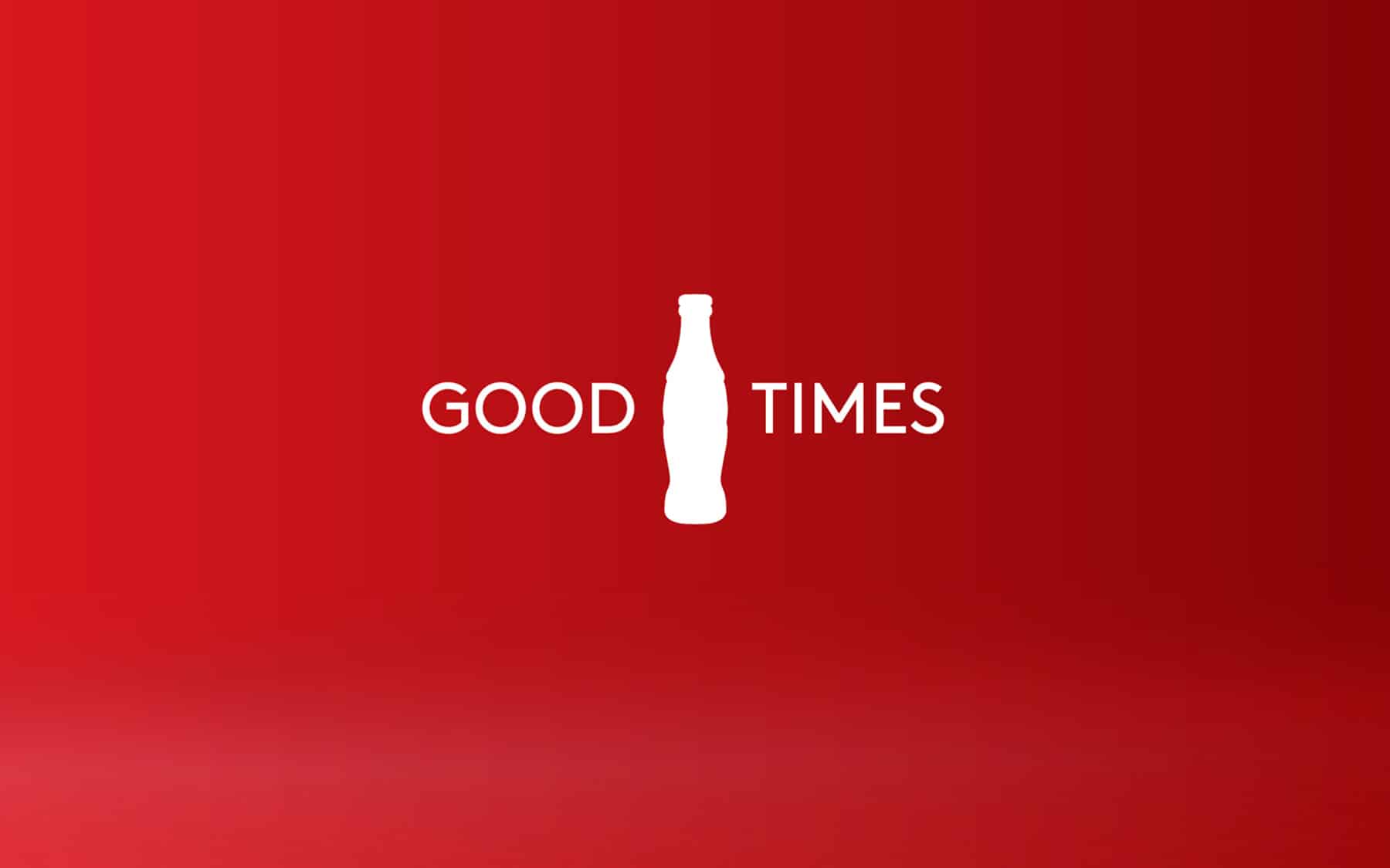A brand is defined by a person’s gut feeling about a product, service or organization. Sometimes that gut feeling is made organically, but more often than not, a brand is artificially designed to make you feel that way.
Communication is Key
As the multimedia industry continues to develop, innovate and grow, brands are faced with more mediums than ever through which they can communicate with their consumers. Here at Visual Click Studio, we specialise in helping you manage your brand, helping with everything from strategy to branding to implementation. Having a multitude of options can (and should) be an awesome thing for your brand, but it can also mean having a multitude of ways to fail if these mediums of communication aren’t utilised properly. That’s why you need a solid brand identity. Your brand identity is simply who you are, and how people can identify that. It’s having an image that clearly portrays who your brand is, making you easily identifiable to consumers. Having a cohesive brand identity means that you can be identified easily no matter the medium of communication, giving your brand a far reach. We’re going to briefly discuss the importance of maintaining a cohesive brand image, in a progressively more complex marketing environment.
Why it’s Important
A well thought-out and considered brand does so much more for a company than one that blanket advertises through cold calling or email distribution. An example of this advantage is how established brands already have an image or persistent presence in the common media space, that passively draws clientele in. A well-structured brand identity tells your story, and as such should be a carefully crafted tale that relays relevant information to your target audience.
Brands with strong brand identity are instantly recognisable- think Coca Cola, Apple, Nike. Those companies specifically invest in the proliferation of their brand identity to achieve this. Their brand identity proliferation has been so successful that they are able to advertise without their brand name included, and still be undeniably identified.

Iconic brand identities attract loyal customers, and even allow brands to charge price premiums. It allows you to position your brand in the mind of your customers as providing a quality worth paying for. Your brand identity will also affect the perception of your quality- good brands look good (and vice versa). Shoddy brand identity adherence and low-quality branding will affect your brand out of the gate, and so it is worth the extra time and investment to make sure you’re always putting your best foot forward. You essentially position yourself in the mind of your customers as better quality than your competitors.
A strong brand identity creates an image of an established business that’s been around long enough to become well-known. A branded business is more likely to be seen as experienced, and generally, be seen as more reliable and trustworthy than an unbranded business. This is turn is more likely to bring your business with larger organisations.
Defining Your Brand Strategy and Identity
First off, accurately define your business targets and aspirations. This will allow you to generate your brand identity – you need to understand what you are selling or providing before you begin. If you do not know what you are providing, then there is no way that you can effectively communicate your work to potential consumers. Once you have established what it is that your business provides, you move on to the next step.
Establish your brand strategy and align it with your business objectives. Your strategy is your detailed plan of attack that will determine what you’re trying to achieve and how you’re going to achieve it.
Once you have developed your brand strategy, next you must set up your brand identity. Brand identity is really how your business wants to be perceived by current or potential customers. It is through brand identity that a brand strives to communicate clearly with the target audience. Brand identity may also be imagined as the combined message transmitted via the brand name, logo, style and visuals of the business.

These examples all exhibit cohesive brand identity, allowing consumers to recognise that the images all come from the same brand. This is done through consistent use of font, logo and adherence to color scheme as well as using a similar style of copy and photography.
Conclusion
Having a cohesive brand identity is about doing the same thing, no matter the platform. Establishing or strengthening your newly developed or updated brand identity involves ensuring consistency in your brand no matter which platforms you use so that your brand is immediately recognisable. This involves the selection of certain fonts, graphics, illustrations, colours, and even tone of voice when dealing with open communications. Your brand identity, along with your content, allows you to communicate with your target audience. Again, consistency is key when defining and developing the tools required to effectively communicate the brand through various media vehicles (such as your logo, tagline and website). A strong, well differentiated brand will make growing your firm much easier. Get in contact with us if you’d like to chat about how you can develop your brand identity.

